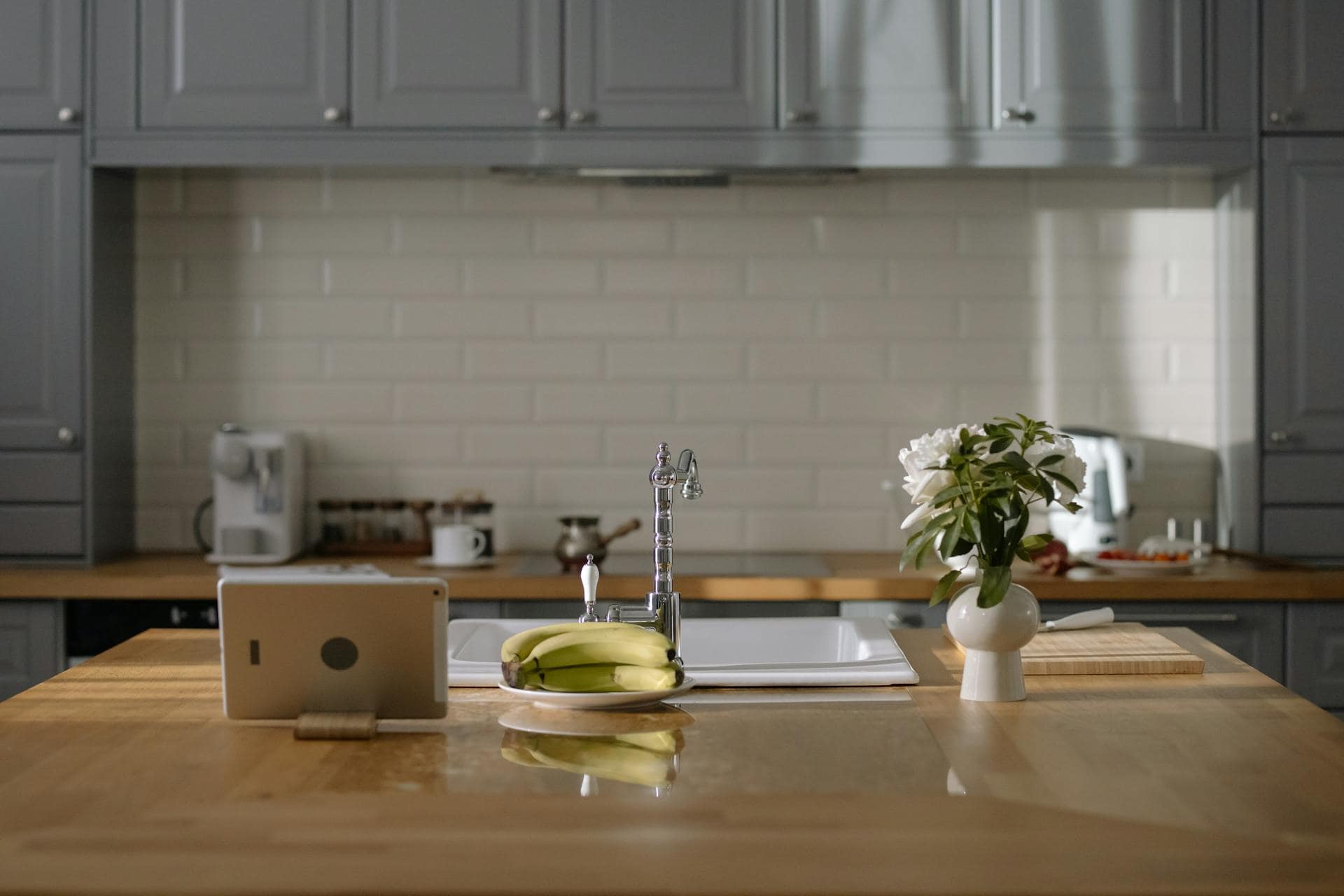
Question: Does the Sink Count as Counter Space?
Answer: No, the sink does not count as counter space. Counter space refers to the usable flat surface area of a countertop, excluding the sink and cooktop.
Kitchen Counter Space: A Practical Perspective
Does the sink count as counter space? This common kitchen design question deserves a clear answer. This article examines the sink’s role in kitchen functionality and explores its impact on available workspace. We will discuss practical considerations for maximizing counter space and how to plan your kitchen effectively. This guide offers valuable insights into optimizing your kitchen layout for both aesthetics and practicality.
Sink Functionality and Counter Space
Sinks perform essential kitchen tasks. Washing dishes, preparing food, and cleaning require a dedicated sink area. While the sink basin itself doesn’t offer a solid surface for placing items, the surrounding area often serves a critical function.
The area around the sink often holds soap dispensers, sponges, and dishcloths. This “sink-side” space extends the sink’s functionality, contributing to overall kitchen efficiency. However, these items occupy space that could otherwise hold other kitchen tools.
Consider the placement of items like dish racks and cutting boards. These tools rely on proximity to the sink but require stable surfaces. The sink’s perimeter must accommodate these items, impacting the overall available counter space.
Click here for more information on cabinet refacing near me Toronto
Related Article: How Much Countertop Space Do I Need?
Related Article: What Is the Standard Space Between Countertops?
Maximizing Usable Counter Space Around the Sink
Several strategies can maximize usable counter space around the sink. Over-the-sink cutting boards and drain boards create temporary work surfaces. These additions expand functionality without permanently occupying valuable counter space.
Wall-mounted or retractable faucets allow for larger items to fit under the faucet and inside the sink basin. This feature increases flexibility when washing oversized dishes or pots.
Innovative sink designs, such as sinks with integrated drain boards or sliding covers, contribute to efficient space utilization. These designs blend functionality with aesthetic appeal, making the most of the sink area.
Designing Your Kitchen with Counter Space in Mind
When designing a kitchen, consider the balance between sink size and counter space. A large sink may offer convenience for washing dishes but reduce available prep area.
Carefully plan the placement of appliances and cabinets around the sink. Ensure adequate space on either side of the sink for essential tasks. This thoughtful planning helps maintain a comfortable workflow.
Assess your cooking habits and needs. A smaller household might prioritize counter space over a large sink. Larger families or frequent entertainers might require a larger sink despite the reduced counter area.
Sink Considerations Beyond Counter Space
Beyond counter space considerations, the sink plays a significant role in a kitchen’s overall function and aesthetic. Sink material, style, and installation type impact both practicality and visual appeal. Choose a sink that complements your kitchen’s design while meeting your functional requirements.
Single-basin sinks provide ample space for large items, while double-basin sinks offer versatility for washing and rinsing. Select a sink configuration that aligns with your workflow and preferences. A well-chosen sink enhances the overall kitchen experience.
The sink’s depth also influences its usability. A deeper sink accommodates larger pots and pans but may require more bending. Consider your physical comfort and the types of cookware you frequently use when selecting sink depth.
Conclusion: Does a Sink Count as Counter Space?
The question of whether a sink counts as counter space depends on your perspective. While the sink itself doesn’t offer a solid work surface and is not considered as part of the countertop, the surrounding area plays a vital role in kitchen functionality. When planning your kitchen, consider both the total counter area and the actual usable space, excluding the sink basin.
By carefully measuring and planning, you can maximize your kitchen’s efficiency and create a space that suits your needs. Choose a sink that complements your lifestyle and optimizes your workflow. Consider factors like sink size, configuration, and depth to achieve a balance between functionality and aesthetics.
By adopting smart design strategies and choosing the right sink, you can create a kitchen that is both beautiful and practical. Remember, the key is to prioritize usable counter space for an enjoyable and efficient cooking experience. Careful planning ensures a kitchen design that meets your specific needs.

Blue Malue Get in touch with Blue here.
